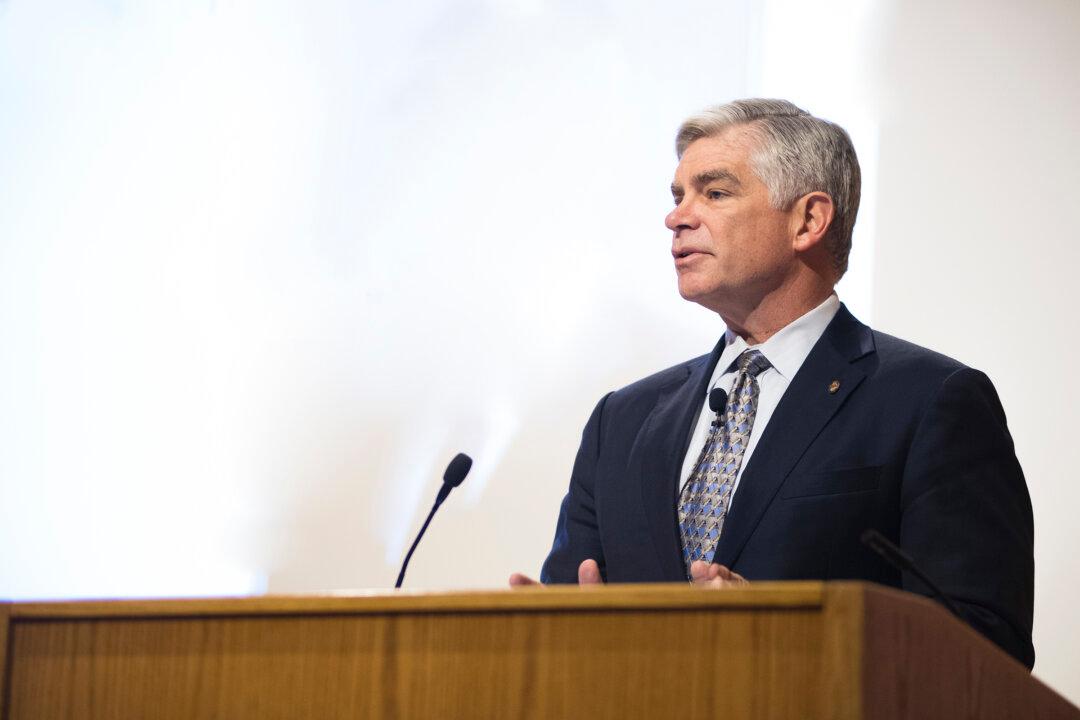Philadelphia Federal Reserve Bank President Patrick Harker said that inflation will move towards 3 percent next year and expects to see interest rates remain “steady” for the remainder of 2023.
In July 2023, the 12-month consumer price index (CPI), a measure of annual inflation, was 3.2 percent, down from 8.5 percent a year back, and 5.4 percent two years ago. In an interview with CNBC on Thursday, Mr. Harker said that inflation will be “at or slightly near 3 percent” in 2024, with the rate “moving slowly to 2 [percent] in 2025.”





